A few winters ago, I was lucky enough to meet the celebrity dermatologist Dr Dennis Gross. Over champagne and canapes we were invited to ask Dr Gross one question about our skin, and so I quizzed him about the sensitivity and transient flushing I had started experiencing on my face, neck and chest.
Why was it happening? And especially when I drank wine?
At the time, I assumed it was most likely the weather. My skin is always drier and more sensitive in the winter, and sometimes even stings. But Dr Gross took one look at me and immediately diagnosed the problem.
“Well… that’s rosacea,” he said.
It was not the answer I wanted to hear. And so – despite a background in pharmaceutical science – I spent the next couple of years in denial, insisting to myself that my skin was “just sensitive”, and hoping it would resolve of its own accord. Spoiler: it did not.
But, with a wedding to plan, I’ve realised it’s time to do something about my visible flushing. Especially if I’d like a champagne toast.
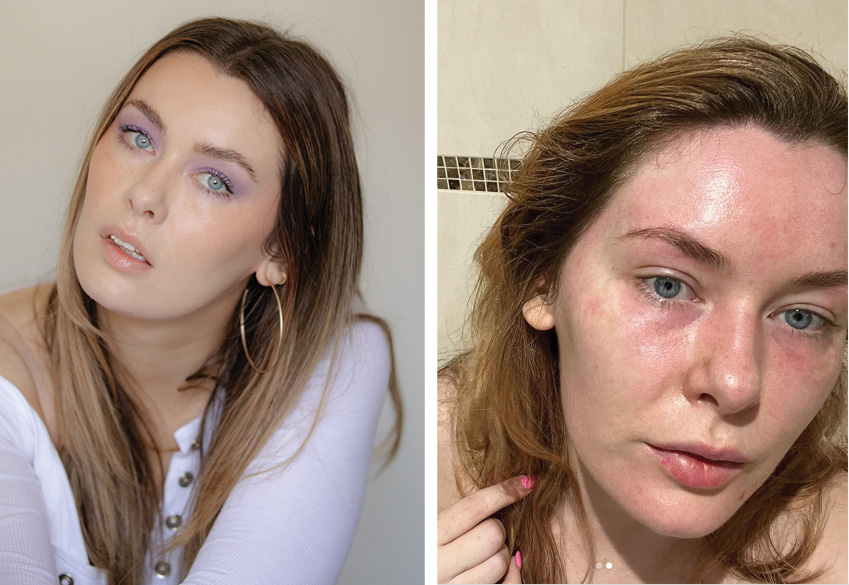
What is rosacea?
Rosacea is a common and chronic inflammatory skin condition that affects more than a million Australians. It’s characterised by redness or deeper flushing in the central face as well as visible blood vessels. As a result it is often mistaken for sensitive, winter-affected skin.
It’s more common among women, and tends to show up in your 20s, 30s or 40s.
Left untreated, rosacea can progress from occasional redness to permanent redness, and then to lesions that look like breakouts. Severe rosacea can eventually lead to swelling and thickened skin around the nose, and even spread to your eyes, causing them to feel dry, teary or swollen.
Rosacea triggers
Now, about the wine. An important part of looking after rosacea-prone skin is avoiding triggers that will contribute to a flare-up.
Common triggers include sun exposure, stress, extreme temperatures (hot or cold), wind and dry climate, heavy exercise, indoor heating, hot drinks, some medicines, or certain foods. Spicy food is a big one. And, yes, wine, too.
A rosacea trigger will show up on your face quite promptly, which makes it easy to keep a diary and pinpoint the culprit/s.
I didn’t need a diary to know that any wine will set my rosacea off, but it took a while for me to realise my indoor heating was a problem, too.
Then there’s skincare and makeup – the wrong choices can also contribute! What a minefield. The bottom line? Think about which products in your routine take away from (or strip) your skin, and which give back to it. Less is more.
How to help rosacea-prone skin
As with many skin conditions, supporting your skin’s barrier is fundamental. The barrier is the outermost layer of your skin and our body’s first line of defence against the environment.
Think of your skin as a brick wall, with skin cells making up the bricks and your skin’s natural oils and waxes as the mortar. That’s why we don’t want to take away too much with our skincare – we could weaken the barrier and stress out the fresh skin and blood vessels underneath.
On that note, here are some ingredients to avoid, and some that can help:
AVOID: AHAs or Alpha-Hydroxy Acids (glycolic acid, lactic acid, mandelic acid), BHA or salicylic acid
Why? These are exfoliants that remove dead skin by dissolving the bonds between the cells. They can be too strong for rosacea-affected skin, and take away more skin cells than we can actually spare, leading to tight, angry, stressed skin
TRY: PHAs or Polyhydroxy acids (gluconolactone, lactobionic acid) PHAs are moisturising and repairing as well as lightly exfoliating, so they’re perfect for very delicate skin.
OR: Azelaic acid, which is found in over-the-counter pharmacy medicine for rosacea and has a calming effect but must be introduced slowly.
AVOID: Strong Vitamin C
Why? Vitamin C is an antioxidant, but it must be quite acidic for proper skin absorption, meaning it can be irritating.
TRY: Niacinamide, an antioxidant that’s actively calming and effective, but has a more skin-friendly pH
AVOID: Heavily scented skincare and makeup
Why? Whilst scented skincare is fine for those without allergy (most people), it can be challenging when your skin is compromised, as things irritate that normally wouldn’t. This includes natural fragrance too – sorry!
TRY: Oat, panthenol, bisabolol, centella, green tea, allantoin, licorice root. These are all soothing ingredients that will help with redness and stinging. Ideal for daily use.
AVOID: Vitamin A/retinoids
Why? Whilst Vitamin A can be skin-strengthening, it can also be irritating and must be used with caution. I’ve trained my skin over time to tolerate an over-the-counter Vitamin A cream a few times per week. If you wish to do this, tread lightly. I learned the hard way.
TRY: Peptides, which are skin-strengthening and firming without the potential for irritation.
AVOID: Soaps, harsh cleansers, astringent toners
Why? If it leaves your skin feeling tight, it must go.
TRY: Cream, milk, or hydrating gel cleansers, which will be better tolerated by delicate skin.
AVOID: Face scrubs or vigorous towel-drying
Why? Both of these are too much stress and exfoliation.
TRY: Ceramides, cholesterol, glycerin, hyaluronic acid, squalane, amino acids, which are replenishing compounds that are naturally found in your skin and help it stay strong and moisturised.
AVOID: The sun
Why? The most common trigger for rosacea flares
TRY: Sunscreen, protective clothing, sunglasses, and a hat. In other words, slip, slop, slap, seek and slide. Year-round.
You can use the ‘avoid’ ingredients in places on your face unaffected by rosacea. Carefully. For example, I happily use AHAs and salicylic acid on my forehead, nose and chin (within reason), where I get breakouts. I’ve learned the hard way not to do that on my cheeks or neck.
Still struggling?
If you’re on top of your basic skincare but still seeing issues, see a GP for treatment or a dermatologist referral.
I want to remind you that this isn’t vanity or a waste of time – skin conditions can and do impact your mental health and thus quality of life. I hope you have a kind GP you can trust for this conversation. There’s also a helpful website here, where you can record and print off your symptoms in preparation for your doctor visit. There are medicated creams, tablets, or lasers to consider, and some in-clinic treatments for rosacea are even part-subsidised by Medicare.
Laser for rosacea
I’ve had a couple of different laser treatments for my rosacea at Melbourne’s Southern Dermatology. At first, I tried vascular laser, which targets and destroys any visible, problem blood vessels by targeting the colour in the skin. It got rid of the tiny, visible red blood vessels on the sides of my nose. Also, it hurts. The visible vessels will come back, so it might be a yearly treatment for me to keep my rosacea under control. The blood vessels can’t get inflamed if they’ve been destroyed! And don’t worry, you don’t need them – your skin just made too many because it was stressed.
There’s also Laser Genesis, to target diffuse redness and improve the skin’s texture while we’re at it. I’m mid-way through a course of 6 treatments, but it’s much less invasive so all I feel is a warm sensation. Kind of pleasant, really. So far, I’ve noticed my flushing is less intense and less widespread than before, and I’m looking forward to the final result.
And as far as my champagne toast?
Wine will always be a trigger for me. Not ideal, but by strengthening and calming my skin I’m hopeful it won’t always mean immediate flushing. So, if it does show up in my wedding photos… well. That’s life. There’s always Photoshop.
Some rosacea-friendly skincare products:




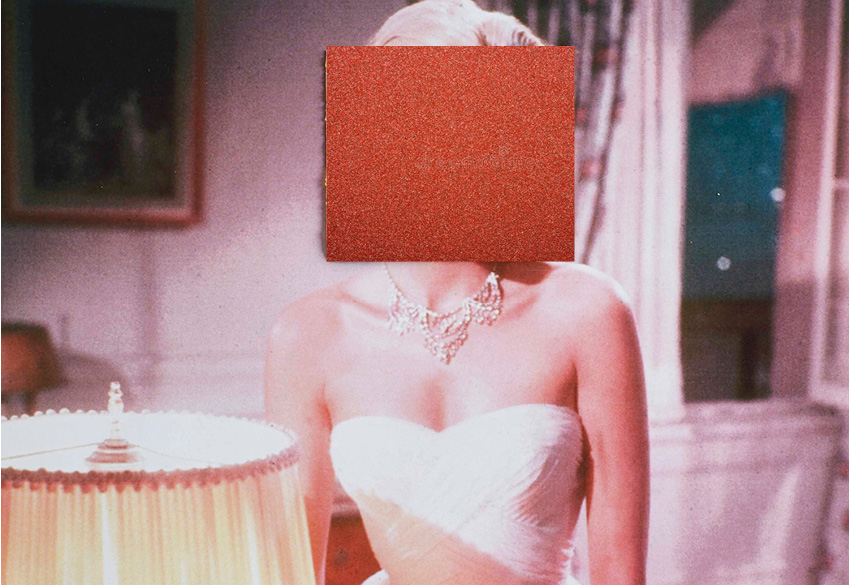
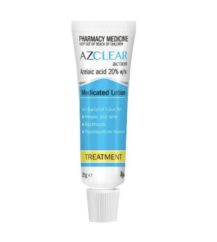
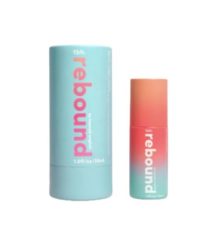
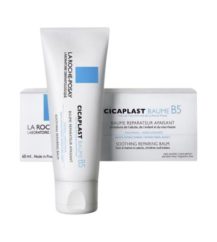
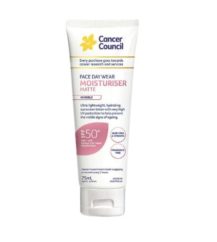
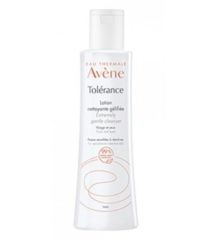
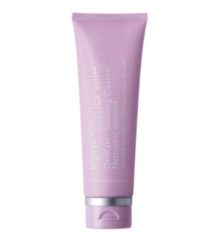
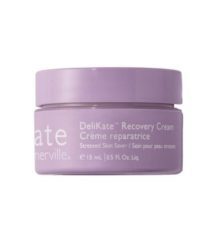

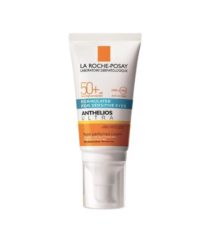
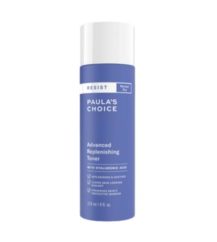
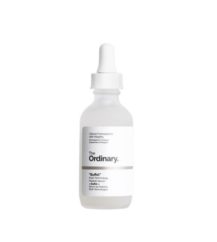
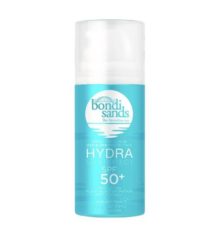
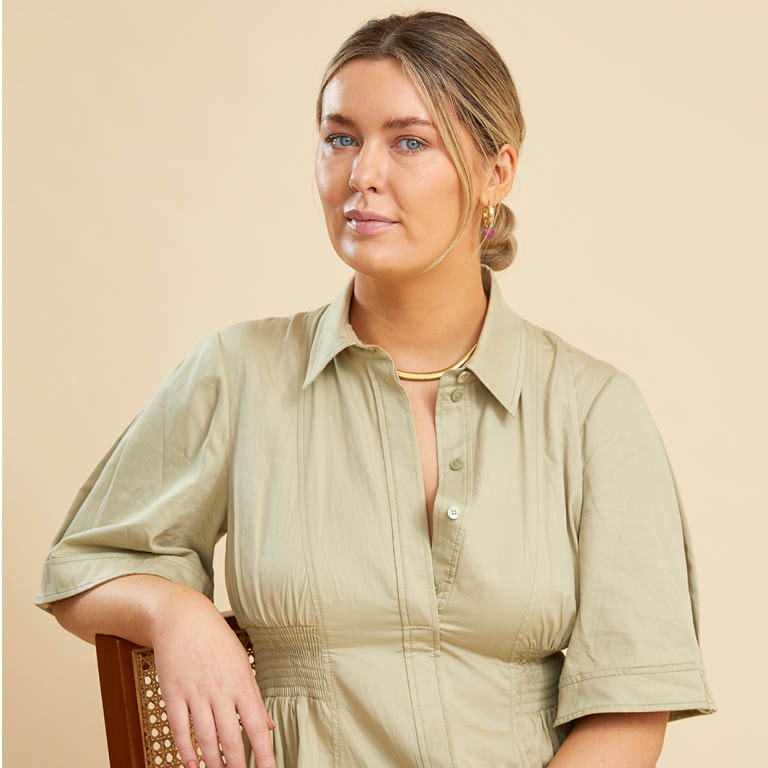
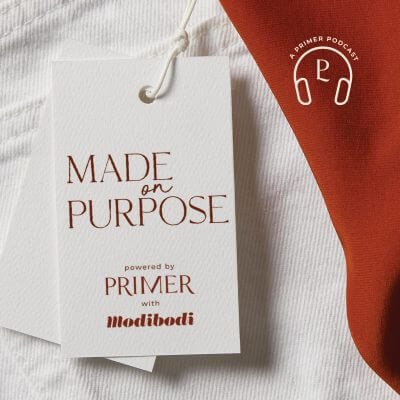

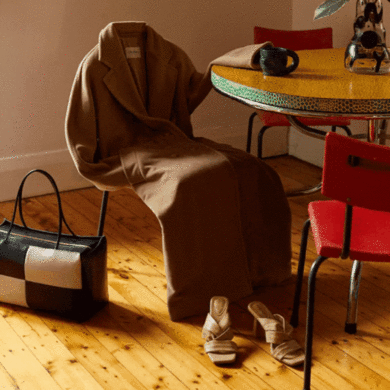
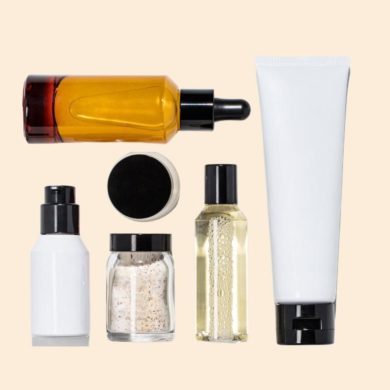
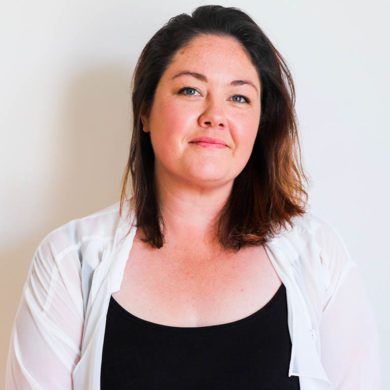

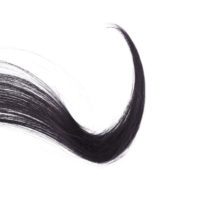
No Comments